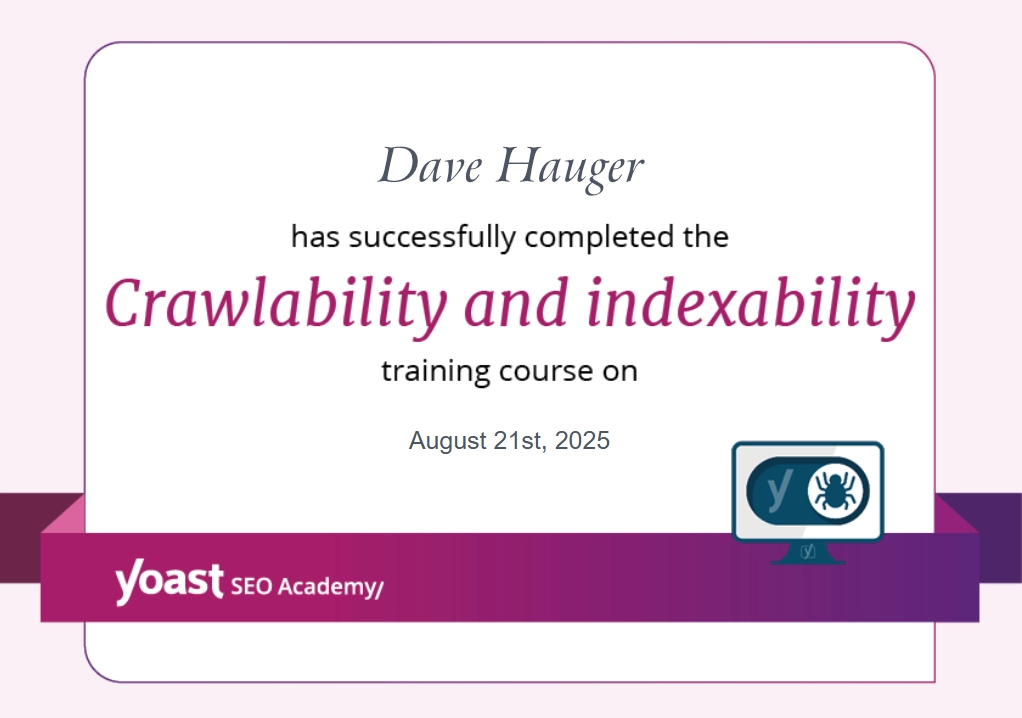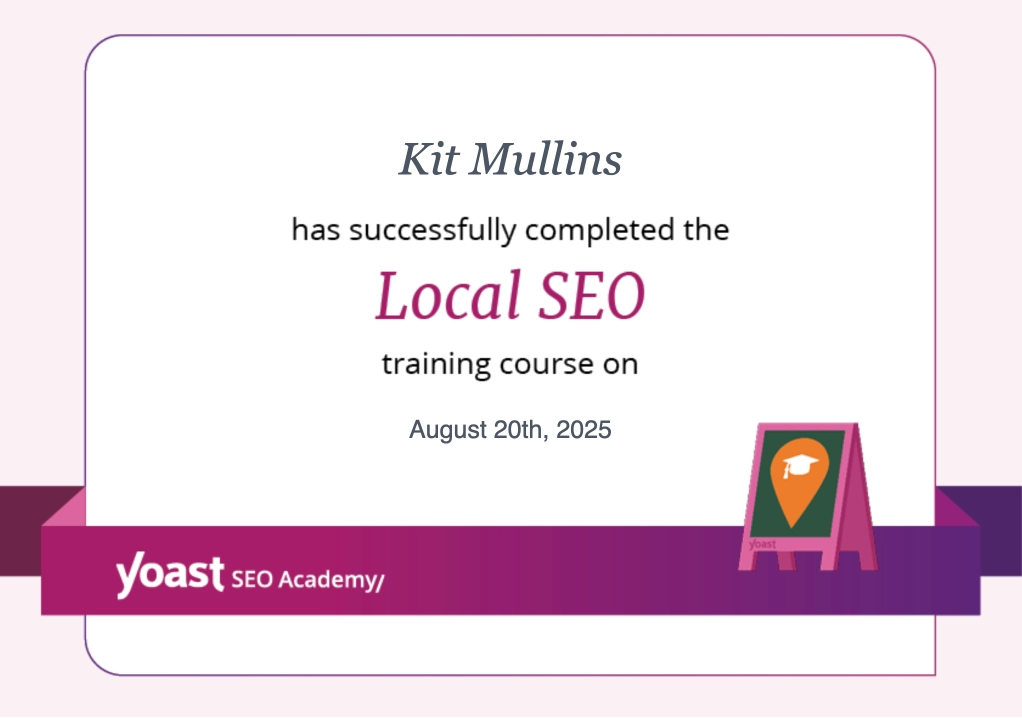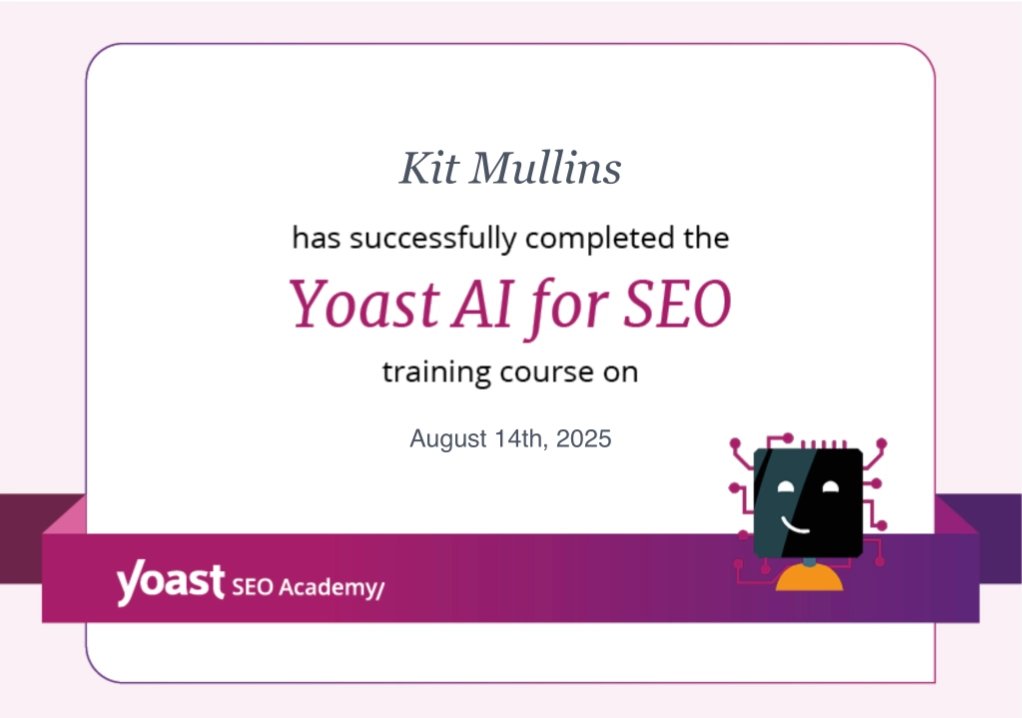Digital advertising and digital marketing are two misunderstood terms, and many people think the terms are interchangeable. However, while they share some similarities, they are distinct in their approach and purpose. Here, we explore the differences between digital advertising and digital marketing services.
What is Digital Advertising?
First, digital advertising refers to promoting products or services using digital channels such as websites, search engines, social media, email, and mobile apps. Digital advertising involves using various ad formats, such as banner ads, text ads, video ads, and sponsored content. The main objective of digital advertising is to increase brand awareness, generate leads, and drive sales.
Breaking Down the Different Types of Digital Advertising:
- Search Advertising: This type of digital advertising involves placing ads on search engines such as Google, Bing, and Yahoo. These ads appear at the top of search engine results pages and display based on specific keywords.
- Display Advertising: This type of digital advertising involves placing banner ads, video ads, and other visual content on websites, social media platforms, and mobile apps. (For more information, check out this article comparing Search Ads and Display Ads.)
- Social Media Advertising: This type of digital advertising involves placing ads on social media platforms such as Facebook, Twitter, Instagram, and LinkedIn. Social media ads can take various forms, such as sponsored posts, promoted tweets, and sponsored stories.
- Video Advertising: This type of digital advertising involves placing ads on video-sharing platforms such as YouTube, Vimeo, and Dailymotion.

What is Digital Marketing?
Then, we turn our attention to digital marketing. Digital marketing is a broader term that encompasses various digital channels, sometimes including digital advertising, but not always. Digital marketing involves using multiple online channels to promote products or services, build brand awareness, and engage with customers. The main objective of digital marketing is to create a robust online presence that drives awareness and supports conversions.
Breaking Down Digital Marketing
- Content Marketing: This type of digital marketing involves creating and sharing valuable content such as blog posts, videos, infographics, and ebooks to attract and retain a clearly defined audience.
- Search Engine Optimization (SEO): This type of digital marketing involves optimizing a website’s content and structure to rank higher in search engine results pages.
- Email Marketing: This type of digital marketing involves sending targeted and personalized emails to a list of subscribers to promote products or services, build customer loyalty, and drive sales.
- Social Media Marketing: This type of digital marketing involves using social media platforms to build a community, engage with customers, and promote products or services.

Key Differences Between Digital Advertising and Digital Marketing
- Objectives: Digital advertising primarily generates leads, increases brand awareness, and drives sales. Digital marketing, on the other hand, is focused on building brand awareness, engaging with customers, and driving conversions.
- Channels: Digital advertising mainly focuses on promoting products or services through various ad formats on digital channels such as search engines, social media, and websites. Digital marketing, on the other hand, uses multiple digital channels such as social media, email, search engines, and content marketing to engage with customers and promote products or services.
- Tactics: Digital advertising relies on paid media, such as pay-per-click (PPC) advertising and display advertising, to promote products or services. Digital marketing, on the other hand, relies on various tactics such as SEO, content marketing, and social media marketing to build brand awareness, engage with customers, and drive conversions.
- Strategy: Digital advertising generally focuses on short-term goals such as generating leads and driving sales. Digital marketing, on the other hand, is focused on long-term goals such as building brand awareness, establishing a solid online presence, and building customer loyalty.

About the Author
Kit Mullins, co-owner of Jemully Media, LLC, has been a leader in digital marketing for more than twenty years. A writer, designer, and developer, Kit enjoys travel, photography, and Bible study. With six kids and fifteen grandkids, she has no choice but to find ways to be creative.





